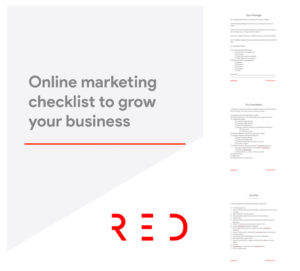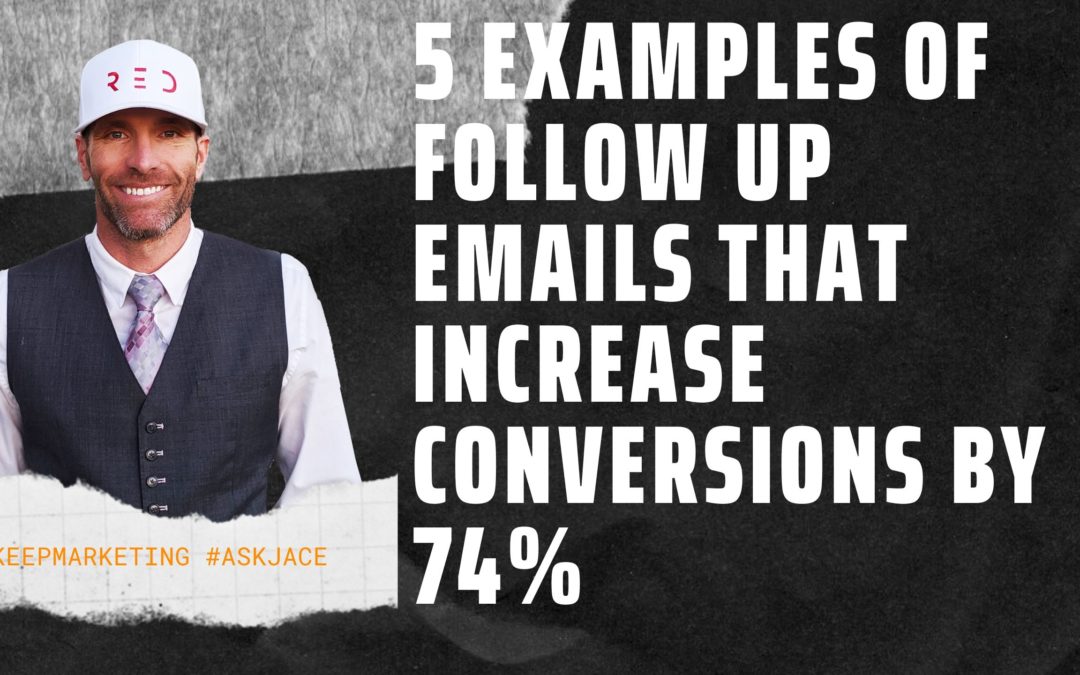
5 Examples of Follow Up Emails That Increase Conversions By 74%
Email is the hallmark of online communication.
There are many ways to reach your target audience online — including new technologies such as mobile messaging, chatbot, AI, push notification, and so on — but the most effective is email.
Email marketing helps you drive both traffic and leads. It also results in significant conversions than other marketing channels, including search marketing and social media.
So if you want to grow revenue, you need to invest in email communication. This is good news for marketers — since 72% of people prefer to get promotional messages through email.

Let’s consider a few more compelling statistics:
- Email is 40X more effective for attracting new customers.
- Email subscribers sharing your content are 3X more likely to use social media than visitors from other sources.
- 4.24% of email marketing visitors are more likely to buy a product compared to 2.49% of search engine visitors and 0.59% of social media visitors.
But as with anything worth doing, effective email marketing requires a level of perseverance and attention to detail.
You need to know when and what you need to send. It all boils down to understanding your audience and giving them what they want.
What is Follow-Up Email?
A follow-up email is a single or series of emails sent to the subscribers to re-engage them. This type of email is necessary because it acts as a reminder to the recipients that action needs to be taken.
You could send a follow-up email to get feedback, recommend a paid product if the recipient previously signed up for a free trial, and so on.
Why You Need to Send Follow-Up Emails
The art of “checking in” has become a part of our culture. During a family reunion, we all want our voices to be heard.
We want to follow up on our siblings, relatives, and even close friends who have been a part of the family.
Follow up is important because it builds trust between you and the recipient. If someone subscribed to your email list, got the first email and never heard from you again, they’ll be disappointed and even move on.
Let’s summarize the reasons why you should send follow-up emails to your contact list and how this approach can boost conversions by as much as 74%.
1). Repetition Leads to Lasting Impression
Why do brands spend millions of dollars on billboard advertising? Trust me, they don’t have excess money to throw away, they’re only obeying the law of repetition. They want to get your attention.

But how is that?
Well, the more often you see the same brand or that sexy lady dancing on a commercial, the more likely you’re going to take action. If you see the same ads over and over again, you’ll want to do what it says.
In the same vein, people are more likely to react to a second email when you send a follow-up.
There are times when one email will not suffice — you’ll need to send multiple emails to finally get subscribers to sign-up for your webinar, test the demo, or purchase a product.
The first emails may not build confidence in subscribers. That’s why the third, fourth, and even fifth emails are required.
According to research, email campaigns with 4-7 emails per sequence generated 3X the responses of campaigns that had only 1-3 emails.
This applies to any type of email, no matter the recipient. Even emails to your Uncle or business partner, there are times when consistency wins.
To save time, though, you can schedule follow-up email sequences automatically using tools such as Ninja Outreach, MailShake, etc.
With any of this email automation software, you can schedule follow-up emails to be triggered after 24 hours or whenever you want it.
2). A Customer Might Not Be Satisfied
Sometimes, a customer might be unhappy but there’s no way you can tell. Even after a successful meeting or phone call, you still need to follow up. Have you recently made a sale and you’re all excited?
It’s not enough to be all-excited because the customer might be regretting her purchase. That’s why you need to follow-up to know her experiences with your brand.
Unhappy customers will spread negative experiences on Yelp and social media. Before you know it, your ideal customers will lose trust in your brand. Worse, 91% of them may not likely buy from you again.
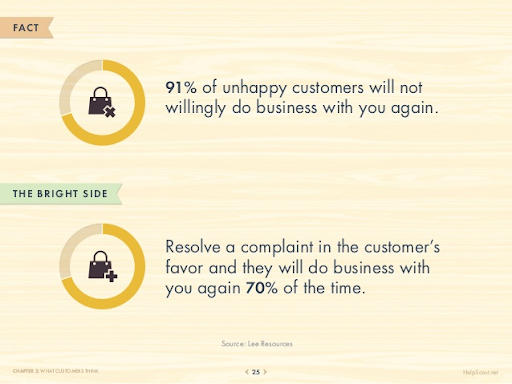
Following up after the sale or successful meeting can reveal valuable insights into your customer’s sentiment.
They’ll be able to tell you exactly why they’re unhappy and even guide you on how to rectify it before it becomes a hurdle.
As a business, don’t just keep to yourself. You need to send follow-up emails and even go the extra length of giving more value.
Build relationships beyond that initial sale, and work towards turning the customer into a brand ambassador.
3). Easily Close the Sale
One of the best ways of closing the sale is by following up on your leads. If a lead was live at your webinar or downloaded your eBook, you need to follow up via email to close the sale.
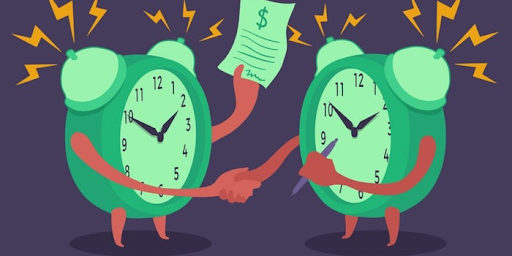
In the online marketing world, consistency is what counts. This means that if two competitors attract the same lead, the brand that will get the sale eventually will be the one that’s communicating with the lead.
Did you see why follow-up emails are powerful?
If you respond quickly to a potential lead, you’ll likely close the sale via email. If you respond within 5 minutes, your conversions will be even higher.
4). Sending Initial Emails to the Wrong Person
Have you ever sent the right email to the wrong person? It happens to me all the time. If your contact list is segmented, there’s a chance that you may send the wrong email to the right segment.

This would warrant a second email. If your contact list is outdated, you might want to clean it up. Sending emails to inactive subscribers is a waste of time.
And if that’s the case, you don’t give up. You send follow-up emails — to the right segment this time.
Follow-Up Email Templates and Examples For Your Inspiration
In this section, we’ll discuss what you can say to get your subscribers, prospects, and customers to write back.
These follow-up email templates are for inspiration only. Maybe by the time you’re reading this post, hundreds of marketers must have used them.
To stand out, learn the concept and follow the pattern.
These follow-up emails work. They’re from our archives and other businesses that have succeeded with email marketing.
Remember to improve the email template you have chosen before sending your first follow-up email.
Follow-up Email #1: Keep it short and sweet
Businesses and marketers usually send follow-up emails to boost sales. If that’s the case, you need to keep it short and sweet. Make it polite, brief, and conversational.
Here are some examples:
Hi {{first_name}},
Do you need proven ideas on how you can reach more customers and grow revenue every month?
Is it right to contact you next week to share these ideas with you?
Thank you.
{name}
Note: The email above is short and asks for permission. It’s a follow-up email but it respects the recipient.
Here’s an example:
Hi {{first_name}},
I recently saw your post on Twitter. It seems you’re looking for ways to increase conversions. You’re not alone.
These two helpful posts might help. Let me kindly share them with you:
{{Link 1}}
{{Link 2}}
Would you like to know how this strategy is increasing our conversion rates? Let me know when you’re ready.
Cheers!
Note: This second follow-up email is with respect to a post on Twitter. So the marketer is trying to establish a rapport with the person who posted on Twitter.
Fortunately, the sender has two resources that will help the person out. It adds value while appreciating the person
In both emails, you can see the approach: The sender isn’t pushy or manipulative. In the first example, it’s all about asking for permission to reach out again (which is the essence of email marketing).
In the second example, the sender appreciates the effort of the recipient and offers tremendous value.
Follow-Up Email #2: Create added value
If you want subscribers to respond to your emails, you must create added value. It can be in the form of sharing social proof, statistics, or giving away your best secrets on a platter — these elements can add increased value to your follow-up emails.

After the first email, the subsequent follow-up emails must be aimed at establishing you as an authority in your field. You don’t want subscribers to see you as a salesperson or marketer.
Here are some follow-up email examples that are short and clean:
Here’s an example:
Hello {{name}}
If you’re struggling with [business problems], you might be open to this quick tip that many of my clients find useful: {{briefly share the tip}}.
I know how to increase X. Tell me if you’re interested in hearing about it.
Thank you.
{{first_name}}
Follow-Up Email #3: Recognize their interests
Your emails should be aligned to your subscribers’ and prospects’ interests. There’s no need to pretend — just let them know you’re following up after the initial contact.
Let people know why they’re getting the emails, who you are, and why they need to open your subsequent emails.
Here’s an example email:
Hi {{first_name}},
Thank you for opening the email I sent on Monday. You indicated an interest but never showed up to the webinar.
Does this action mean you want a replay or would be more inclined to attend the next webinar {{coming up next weekend?}}
In the meantime, do you have questions about {{your business name}} or our products. Don’t hesitate to contact me.
Do you have 50 minutes for a short call within the week?
Kindly let me know.
Follow-Up Email #4: Stand behind your product
I’m sure your product is valuable and easy to implement. If you’re in doubt, then you don’t have to promote it in the first place.
But if you’re proud of your product and service, then nothing should stop you from having full confidence that it’ll help people.
In his book, “I want to be confident,” the author Harriet Griffey re-emphasized the need to build confidence from within, especially from who you’re as opposed to what you have.
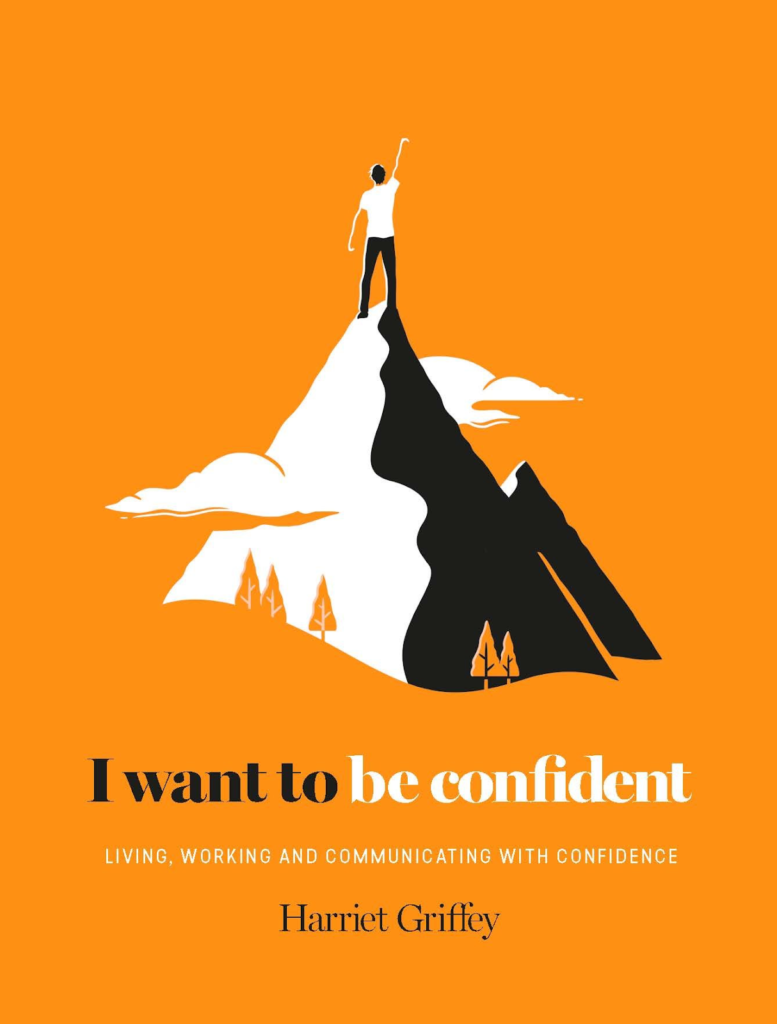
So when reaching out via follow-up emails to your prospects, you need to hone confidence in your tone.
Here’s an example:
Hi {{first_name}},
I understand you’re having challenges with lead generation for your new startup. The good news is that I’m confident in what our {{product name with link}} can help you accomplish.
If I am not sure that [your company] will benefit from it, I wouldn’t spend time writing this short email. Lol
Let me know if you have any questions or challenges along the way.
Cheers!
{{my_name}}
As you can see, this follow-up email is borne out of previous knowledge about the recipient. Perhaps, they have indicated interest in your video course on how to generate B2B leads or participated in a webinar.
With such rich insights, you can craft irresistible emails that will re-engage your subscribers.
Follow-Up Email: #5: Catch up on sales calls
When it comes to sales, effective tracking is important. Otherwise, you’ll be making the wrong decisions. You can send follow-up emails based on the sales data you’ve gathered over a period.
After a successful sales call, “don’t forget to follow up via email,” says Wendy Casey of Harvard Business School Online.

The email below appreciates the customer for the meeting and delivers the promise. It doesn’t matter how small or big the sale was, make it count by connecting with the customer again.
Here’s an example:
Hi {{first_name}},
Thanks for the purchase you made via phone call. We’re thrilled that you responded the way you did. We hope you’ll enjoy our product and consider us again.
In case you missed the products, get it through this link:
{{link to the product download page or login page}}
Thank you so much.
{{my_name}}
How to Write a Follow-Up Email That Gets Opened
If you can get subscribers and prospects to open your follow-up email, there’s a chance that you’ll increase conversions. If someone hasn’t replied to your first email, you may think they’re not interested and wants to move on.
70% of marketers quit if they don’t receive feedback on their first email, according to Yesware.
Often times, that’s never the case. Our instincts can go wrong sometimes.
We’ve been doing email marketing for a while and we know that very few prospects say “Yes” to our first email. Even the second, third, fourth, and even fifth may not be opened.
Do we give up and go hunting for new prospects?
Not so fast…
Side Trade conducted a study and saw an 18% response rate to the first email they sent, and 13% to the fourth. But it gets better — because the 6th email in the follow-up sequence yielded a massive 27% response rate.
There are two proven ways to get your follow-up emails opened and read:
- State the reason why you’re sending the email
- Add a call-to-action (CTA)
The first approach is important because it adds context to your emails. For example, you can refer to the email you sent previously. This will serve as a reminder to your recipient.
Adding a CTA is ultimately the most essential part of any follow-up email. You might place your CTA link earlier in the email or right below if it’s a short email.
Conclusion
Overall, sending follow-up emails to your new and existing subscribers will establish you as an authority in your industry.
If you want to increase conversions, then you’ve got to be consistent with email marketing.
Although a lot of businesses don’t send follow-up emails. That’s a huge opportunity to gain a competitive advantage.
All in all, keeping in touch with your potential customers via email channel is the easiest way to deliver good customer service and enhance their experiences.


